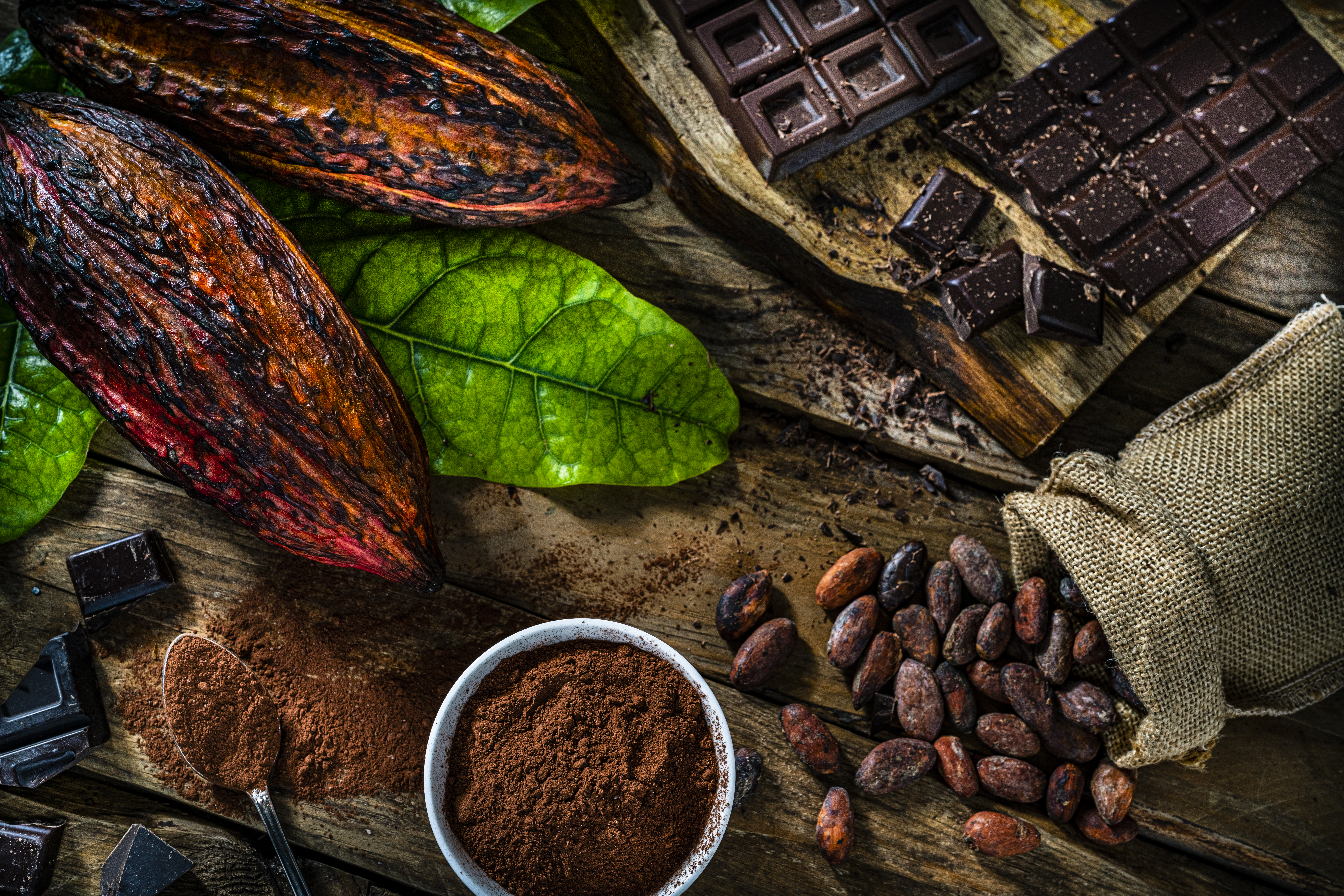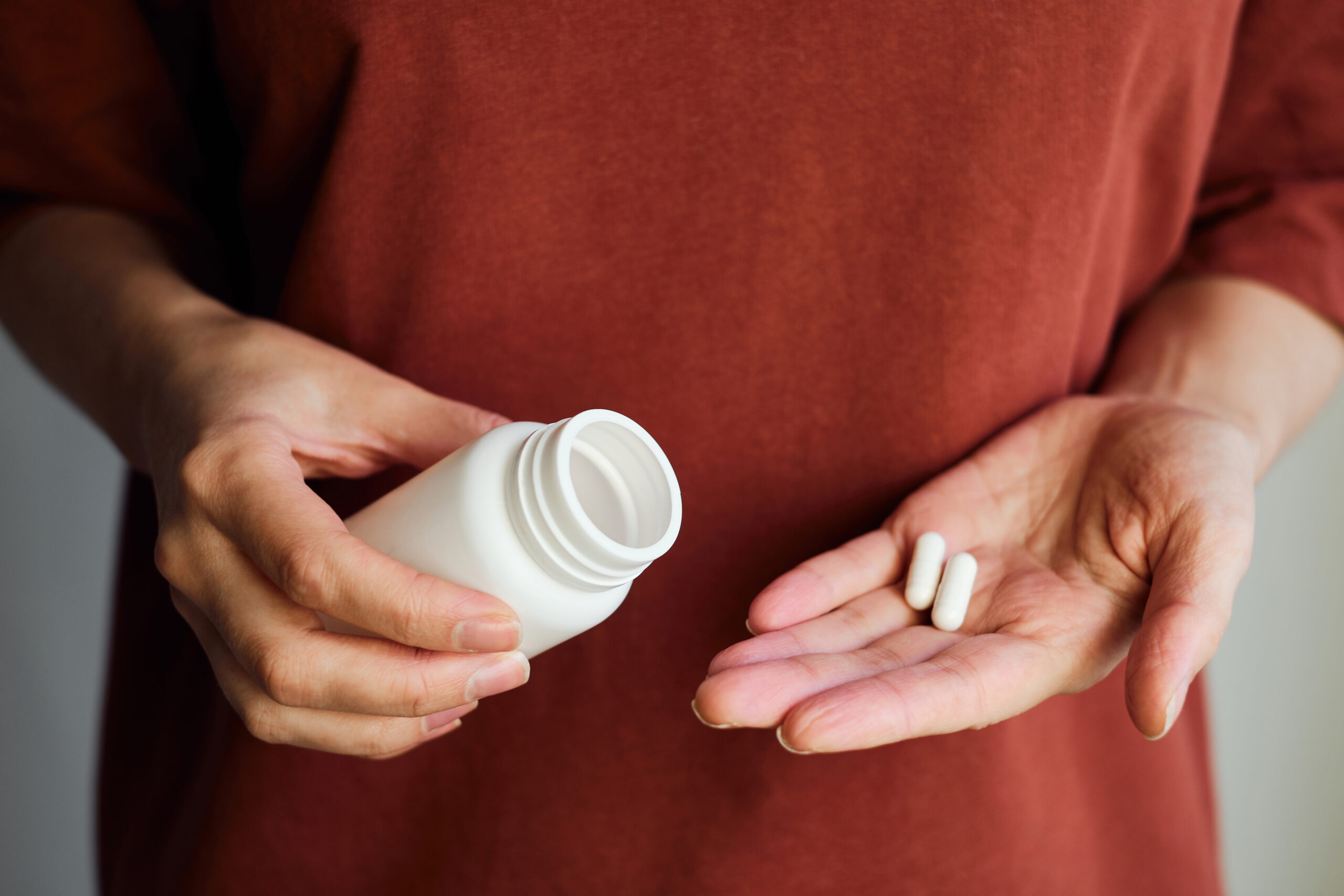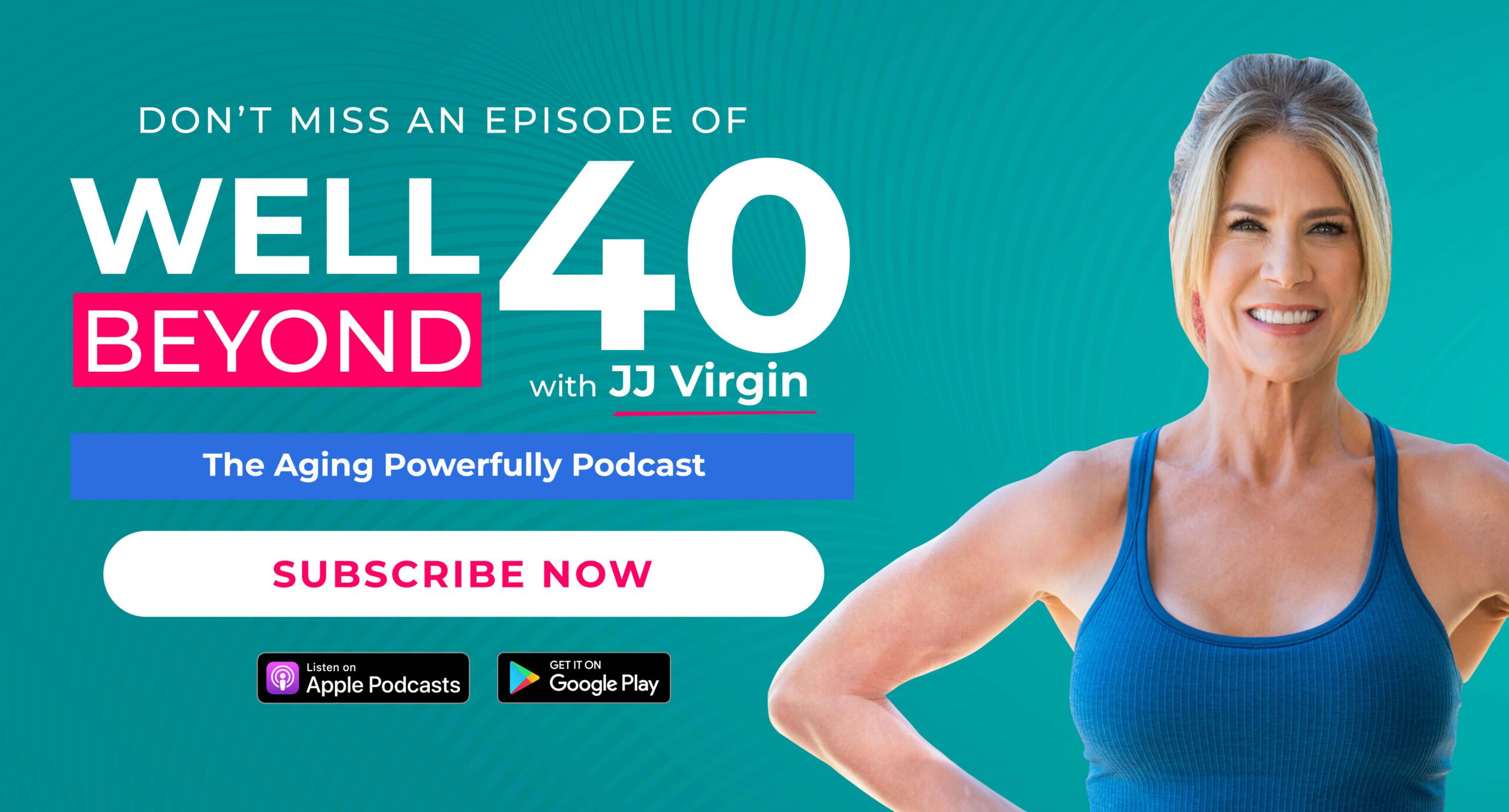If you’re hitting the gym constantly without seeing results, you might need to spend more time somewhere else—the kitchen!
You’re only going to see improvements from the gym if you’re building muscle, strengthening your bone density, and keeping your metabolism running optimally. But guess what your body requires to do those? You got it: food.
I’m not saying you have to become one of those Olympic swimmers who chows down on three sandwiches in one sitting, and I’m definitely not saying you should take this as an excuse to quit your smart eating choices.
But it is time to ditch the mentality that slashing calories (both cutting them during mealtimes and losing them on the treadmill) is the right equation for losing weight.
Why You Need to Eat Enough on Workout Days
If you’re only tracking “calories in and calories out,” your muscles won’t get the fuel they need to power you through a great workout.
Heavy exercise creates microscopic tears in your muscles. When you rest, those tears repair, leaving your muscles stronger than before. But if you don’t feed your muscles with adequate protein (or give them enough time to rest), they’ll never be able to properly recover.
Not only will you not see any changes in your strength, you’ll also leave your tired muscles more vulnerable to strain and injury.
I don’t want you sidelined—give your muscles the fuel they need! I recommend at least 100 grams of protein per day, or more if you are training with frequent, intense workouts, or are recovering from an illness or injury.
Eat for Workouts During Menopause
Once you experience perimenopause or menopause, it becomes even more critical to provide your muscles with proper food, particularly protein.
Muscle mass decreases with age. It can start happening as early as your 40s, and once you hit your menopausal years, you might be losing more than 8% of your muscle mass per decade.1
Your functionality—meaning your grip strength or the ease and pace of your walk—also becomes more difficult to maintain with age. As it decreases, you can become more prone to falls or mobility challenges. Building bone strength is a critical part of maintaining your functionality, but that becomes tougher to keep up with age, too.
At the same time this is happening, your metabolism may be slowing down following the hormonal shifts that occur during menopause. That means your body must work even harder to reap the benefits of a great workout.
I promise there’s some good news in all this. There’s one thing that can help prevent or mitigate the loss of muscle mass, functionality, and bone strength—exercise. Researchers have found that working out, particularly doing weight-bearing exercises including heavy lifting, can improve longevity and help you stay active and healthy for longer.2
But there’s one thing that workouts need—protein. It helps boost functional integrity and strength and is critical for rebuilding those tiny muscle tears so that your body can get stronger.3 If you’re not getting enough protein and other nutrients following a tough sweat, your body is going to struggle to carry you happily through your day, much less a workout.
Am I Getting Enough to Eat on Workout Days?
It’s not always easy to tell whether you’re eating enough to sustain muscle growth. Watch out for some of these symptoms during or after your workout:
- Dizziness: This can be a sign your blood-sugar levels are too low. Ideally, you would wake up, break your fast with a loaded smoothie full of about 30 grams of protein, and work out about two hours later. This should keep your blood-sugar levels stable enough not to cause dizziness, and give you the protein you need to power through an intense workout. If you do a fasted workout or push a workout too long after a meal, it’s possible you’re not exercising with the fuel you need. Experiment with a few different schedules that help you keep your blood-sugar levels optimal throughout your workout.
- Extreme soreness: A little soreness is normal following a workout. But if you’re often so sore that you can barely move, or experience muscle pain, it could be a sign your muscles don’t have enough protein to repair.
- Lingering fatigue: Exercise should be helping you feel more energized and focused. If you’re feeling like you’re dragging and fatigued after the gym, you likely need to boost your food intake to power your body post-exercise.
Checking in on your body composition, or the amount of fat you have compared to lean tissue, is a great way to learn whether your workouts are really helping you accomplish your muscle and metabolism goals, or whether you need to eat more to see some gains.
I recommend using a body composition scale that can measure your body-fat percentage, your skeletal muscle, and your resting metabolism so you can have concrete data to work with.
Ways to Get Enough to Eat on Workout Days
So how can you ensure you’re giving your body the fuel it needs to thrive, even after the most intense of your workouts? I’ve got a few tips up my sleeve.
Eat By The Plate
I’ve come up with a practical (and delicious!) way to make every meal an opportunity to properly prepare for or recover from a workout. It’s called eating by the plate. The balanced combination of foods that give you enough energy on every day, workout or not.
Here’s what every single one of your plates should contain:
- 1 lean, clean serving of protein, like fish, chicken, or grass-fed beef
- 2-4 servings of healthy fats, like olive oil, avocado, nut butters, or fatty fish like salmon
- 2 or more servings of non-starchy vegetables, like broccoli, green beans, zucchini, mushrooms, or peppers
- 0-2 servings of high-fiber, slow-low carbs, like sweet potatoes, cooked beans, or fruit
This combo of food works together to break down efficiently in your body, helping you feel comfortably satisfied until your next meal.
Protein is especially critical for workout days. If you find it difficult to get enough through foods like lean meats, nuts, seeds, or yogurt, my All-In-One Shakes provide 20+ grams of protein per serving. Combined with your favorite berries, greens, avocados, chia seeds, and more, it’s the perfect on-the-go meal to power through your day.
Plan Ahead
There might be days where you feel like you’re squeezing in a quick workout, or where you’re looking for any excuse to skip it. Don’t let your excuse be that you don’t have enough fuel on hand to power your workout. Take a few easy steps throughout the week to plan for staying satisfied on exercise days.
Whether it’s doubling your loaded smoothie recipe and keeping one in the fridge for the next morning, or prepping the ingredients to whip up a quick nourishing meal, staying ready with healthy fuel will help you show up for your sweat session.
Work Out in the Morning
I always say the best time to work out is whenever you’ll actually do it. But there are a few benefits to working out in the morning.
For one, I find it easier to get in enough food if my workout is behind me by mid-morning. It’s also nice to kickstart your day with a smart decision—I promise you’ll keep making them throughout the day if you’ve got one under your belt.
Plus, I love this new study that found morning exercise made fat cells better at burning fat and making energy.4 Talk about a win-win situation!
Track Your Macros and Progress
There’s nothing like tracking your food intake to realize what you’re really taking in every day! I use the Cronometer app to keep track of everything I’m eating and monitor my workout progress. Over time, it learns about how my body operates at its best and offers suggestions for ways I can improve.
If you don’t want to use an app, just jot down quick journal entries about what you ate in a day, your activity levels, and how you felt throughout that day. The practice might help you uncover eating patterns or habits you didn’t realize you were doing and give you the info you need to make stronger, smarter decisions.
Want more tips for eating well and exercising right? Check out my YouTube channel, where I’m always sharing new content about the latest health, wellness, and fitness trends.
References:
- Volpi, E., Nazemi, R., & Fujita, S. (2004). Muscle tissue changes with aging. Current opinion in clinical nutrition and metabolic care, 7(4), 405–410. https://doi.org/10.1097/01.mco.0000134362.76653.b2
- Gorzelitz, J., Trabert, B., Katki, H. A., Moore, S. C., Watts, E. L., & Matthews, C. E. (2022). Independent and joint associations of weightlifting and aerobic activity with all-cause, cardiovascular disease and cancer mortality in the Prostate, Lung, Colorectal and Ovarian Cancer Screening Trial. British journal of sports medicine, 56(22), 1277–1283. https://doi.org/10.1136/bjsports-2021-105315
- Hruby, A., Sahni, S., Bolster, D., & Jacques, P. F. (2020). Protein Intake and Functional Integrity in Aging: The Framingham Heart Study Offspring. The journals of gerontology. Series A, Biological sciences and medical sciences, 75(1), 123–130. https://doi.org/10.1093/gerona/gly201
- Pendergrast, L. A., Lundell, L. S., Ehrlich, A. M., Ashcroft, S. P., Schönke, M., Basse, A. L., Krook, A., Treebak, J. T., Dollet, L., & Zierath, J. R. (2023). Time of day determines postexercise metabolism in mouse adipose tissue. Proceedings of the National Academy of Sciences of the United States of America, 120(8), e2218510120. https://doi.org/10.1073/pnas.2218510120







